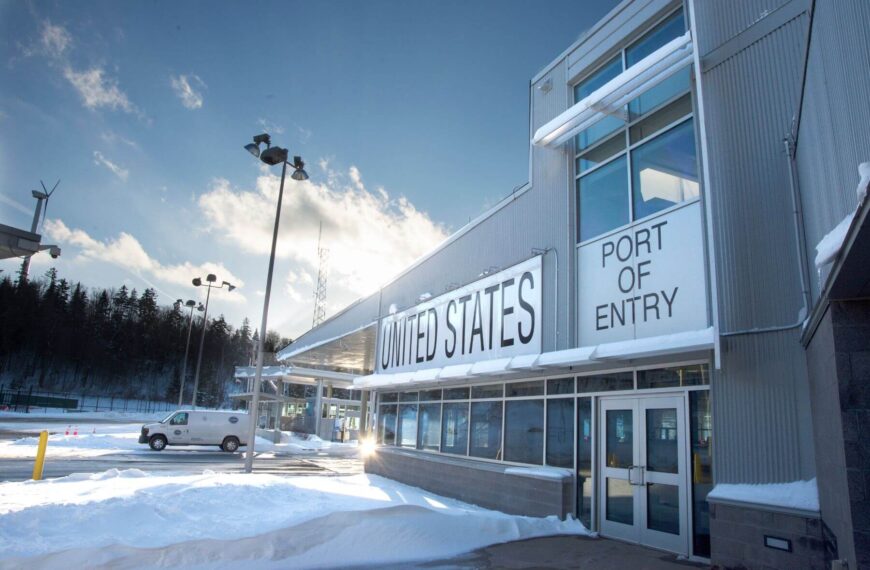Naxalbari, a small town in the Darjeeling district, in north Bengal, was the epicentre of armed struggle against the betrayal of CPM and Bangla Congress, in 1967. These parties launched brutal repression killing eight women, two children and one man, on May 25, in Naxalbari, after which the movement spread across India. Its 49 th anniversary is being celebrated. Here’s a report.
The Allahabad-Kaushambi Committee of CPIML New Democracy shall observe the 49th anniversary of Great Naxalbari Armed Struggle by holding public meetings in Ghoorpur, on May 24, and Asrawal Khurd, on May 25, 2016, according to a press release.
The breakthrough of Naxalbari struggle, in Darjeeling district, was a result of long standing exploitation of landless and poor peasants in the country leading to extreme poverty, food crises, unemployment, loss of means of livelihood, indebtedness. It was basically a reaction to parliamentary political diversion by CPM and Bangla Congress, in 1967, which had won on the promise of returning their land, giving them means to earn, but had betrayed their cause after forming the government, it was informed.
Beginning on May 23, 1967, it spread to several states of India as the landless poor peasants organised in large numbers and revolted against big landlord oppression, burnt the debt deeds, harvested standing crops and clashed with landlords’ goons. It was their assertion to freedom from exploitation, deprivation and poverty, which is guaranteed only on paper in the Constitution of India, as rulers befool them by promising liberty through Lok Sabha and Vidhan Sabha elections, while the administrative and police machinery represses them and keeps them in a permanent state of deprivation and dependence, the release added.
In 1967, the CPM and Bangla Congress launched brutal repression killing eight women, two children and one man on May 25 in Naxalbari, after which the movement spread across the map of India.
Today, peasant masses are facing similar conditions of deprivation, indebtedness, hunger, unemployment, drought, usury, etc. and the state is bent on serving interests of foreign companies, big landlords, corporates, mafia, big contractors. Peasant economy is going down as input costs are high, land is mortgaged, while sale price is unprofitable and the government looks to serve MNC penetration in agriculture where they sell the inputs dear and buy the crop cheap leaving the peasantry in a perpetual state of loss.
The meeting shall be addressed by a number of party leaders and social activists to give a message of launching struggles for solution to peasant problems, rather than depend on parliamentary parties, according to the press release.
©DTNS
Pix from Net.



 By
By
 By
By
 By
By